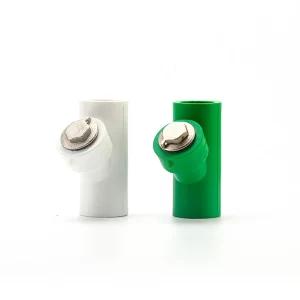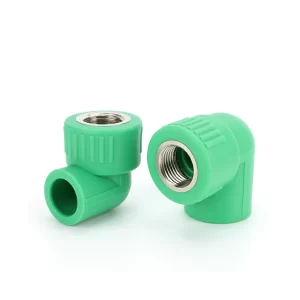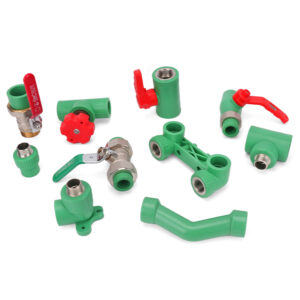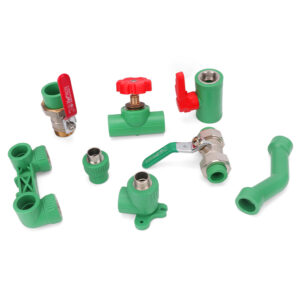
ISO 15874 Common Mistakes to Avoid When Working with PPR Pipes
Whatsapp Us
Share
Description
IFAN factory 30+ years manufacture experience support color /size customization support free sample.Welcome to consult for catalog and free samples.This is our Facebook Website:www.facebook.com,Click to watch IFAN’s product video.Compared with Tomex products, our IFAN products from quality to price are your best choice, welcome to buy!
When it comes to plumbing systems, PPR pipes (Polypropylene Random Copolymer pipes) are a popular choice due to their durability, ease of installation, and cost-effectiveness. However, working with PPR pipes requires a certain level of expertise to ensure that the system is installed and maintained properly. Even small mistakes during installation or handling can lead to costly repairs and maintenance issues down the line.
In this article, we will discuss the common mistakes people make when working with PPR pipes and how to avoid them. By following these best practices, you can ensure a smooth installation and enjoy a long-lasting, efficient plumbing system.
1. Incorrect Pipe Cutting
Cutting PPR pipes might seem like a simple task, but improper cutting can lead to problems with installation and leaks. The mistake many people make is using the wrong tools or cutting the pipes at the wrong angle.
How to Avoid This Mistake:
– Always use a proper pipe cutter designed for PPR pipes. These cutters ensure a clean, smooth cut without causing damage to the pipe.
– Ensure that the cut is straight and even. Angled or uneven cuts can make it difficult to connect the pipes properly, potentially leading to leaks.
– After cutting, remove any burrs from the edges of the pipe using a deburring tool to ensure a secure connection.
2. Improper Heating for Fusion Welding
One of the most significant advantages of PPR pipes is the ability to join them using heat fusion. However, improper heating is a common mistake when joining PPR pipes. If the pipe and fitting are not heated to the correct temperature, they won’t bond properly, leading to weak joints that could eventually fail.
How to Avoid This Mistake:
– Always use a reliable fusion welding tool that can accurately control the temperature.
– Follow the manufacturer’s instructions for the appropriate heating time and temperature for your specific PPR pipe size.
– Don’t rush the fusion process. Give the materials enough time to heat up and bond together properly.
– Check the temperature with a thermometer if possible to ensure accurate results.
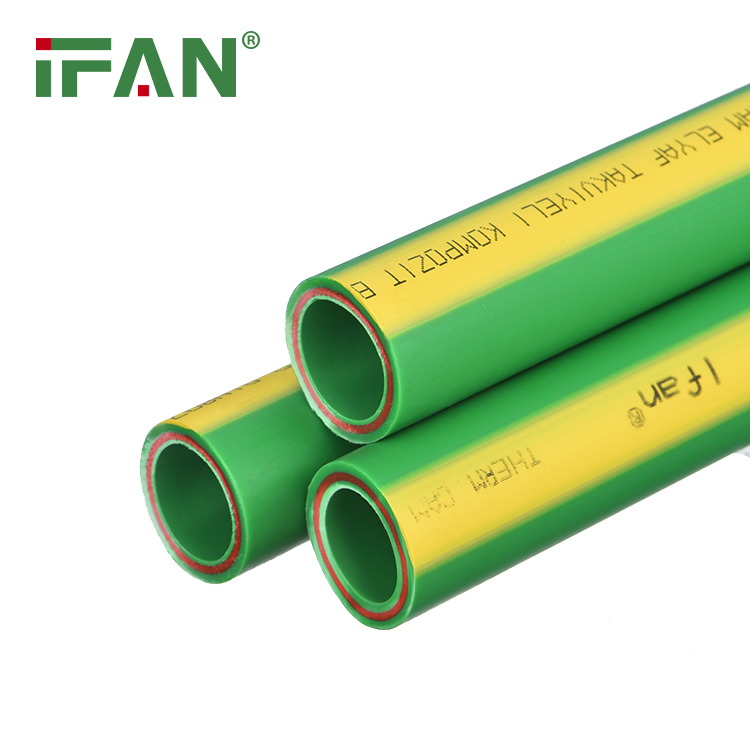
3. Using Incorrect Fittings or Connectors
Using the wrong fittings or connectors can lead to leaks, system failures, and inefficiencies. PPR pipe fittings are specifically designed for use with PPR pipes, and using incompatible fittings could compromise the integrity of your plumbing system.
How to Avoid This Mistake:
– Always use fittings that are compatible with PPR pipes. Ensure that both the pipe and fittings are made from the same material for a secure, leak-free connection.
– Double-check the size of the fittings and pipes before installation. Using undersized or oversized fittings can result in poor connections and possible leaks.
– If you need to make special fittings, such as elbows or tees, ensure that they are specifically designed for **PPR pipes**.
4. Neglecting to Clean the Pipe Before Installation
Contaminants such as dirt, oil, or moisture on the surface of **PPR pipes** or fittings can prevent proper fusion and lead to weak connections. A dirty pipe surface can cause the fitting to slip off or create leaks that are difficult to detect.
How to Avoid This Mistake:
– Clean both the pipe and the fitting thoroughly before installation. Use a clean, dry cloth to wipe away any dirt or moisture.
– If necessary, use a pipe cleaner or a degreaser to ensure the surfaces are completely clean.
– Allow the pipe to dry completely before proceeding with the fusion welding process.
5. Overtightening Fittings
While it is important to make sure that fittings are secure, overtightening PPR pipe fittings can lead to cracking, stress fractures, or damage to the pipe. PPR pipes are designed to withstand certain pressure levels, but excessive tightening can weaken the material and cause problems.
How to Avoid This Mistake:
– Use the appropriate torque for the fittings and follow the manufacturer’s guidelines for the recommended tightness.
– Tighten fittings by hand and use a wrench only to secure them slightly, avoiding excessive force.
– Avoid over-tightening, which can damage the threads or the material of the pipe.
6. Ignoring Expansion and Contraction
PPR pipes expand and contract with temperature changes, which can lead to pipe damage if not properly accounted for. If the pipes are installed without leaving space for expansion, the pressure can build up, causing the pipes to burst or fittings to become loose.
How to Avoid This Mistake:
– Ensure that there is enough space for PPR pipes to expand and contract. Install expansion loops or joints if necessary.
– Leave a small gap between the pipes and walls or supports to accommodate expansion, especially in areas where temperature fluctuations are common.
– Use pipe brackets or clamps that allow the pipe to move freely without causing damage to the system.
7. Using the Wrong Pipe for the Application
While PPR pipes are suitable for many plumbing applications, not all types of PPR pipes are appropriate for every situation. For example, some PPR pipes are designed for low-pressure applications, while others are rated for higher pressure systems.
How to Avoid This Mistake:
– Always check the specifications of the PPR pipes before installation. Ensure that the pipe is rated for the pressure and temperature requirements of your system.
– Use the correct type of pipe for the specific application—hot water systems, cold water systems, and heating systems each have their own requirements.
– Consult the manufacturer’s recommendations or a professional plumber if you’re unsure about which type of **PPR pipe** is best suited for your project.
8. Failing to Perform Pressure Testing
Once your PPR pipes are installed, it’s crucial to perform a pressure test to ensure that there are no leaks in the system. Failing to conduct this test can result in unnoticed leaks, which could cause water damage or system inefficiencies.
How to Avoid This Mistake:
– After installation, perform a pressure test according to the guidelines provided by the manufacturer or local plumbing codes.
– Use a pressure gauge to measure the pressure in the system and check for leaks at joints and fittings.
– If any leaks are detected, fix them immediately before putting the system into operation.
Conclusion
Working with PPR pipes offers many advantages, including durability, cost-effectiveness, and ease of installation. However, there are several common mistakes that can compromise the success of your plumbing project. By avoiding these mistakes—such as improper cutting, heating, and fitting, and neglecting maintenance and pressure testing—you can ensure that your **PPR pipe** system functions properly for years to come. By following best practices and consulting with professionals when necessary, you can achieve a reliable and long-lasting plumbing solution.
Frequently Asked Questions (FAQ)
1. What tools do I need to install PPR pipes?
To install PPR pipes, you’ll need a pipe cutter, fusion welding machine, pipe cleaner, and proper fittings. Always ensure you’re using tools designed specifically for PPR pipes.
2. Can I use PPR pipes for hot water systems?
Yes, PPR pipes are ideal for hot water systems. They are designed to withstand high temperatures, making them a reliable choice for both hot and cold water distribution.
3. How long do PPR pipes last?
PPR pipes are highly durable and can last up to 50 years or more with proper installation and maintenance.
4. Do PPR pipes require special maintenance?
PPR pipes are low-maintenance. However, it’s important to periodically check for leaks, especially at joints and fittings, and to ensure that the system is operating under the correct pressure.
5. Can I install PPR pipes myself, or should I hire a professional?
While PPR pipes are relatively easy to install, it’s recommended to consult a professional plumber if you’re unsure about the process, especially for complex systems or larger installations.
Related products


